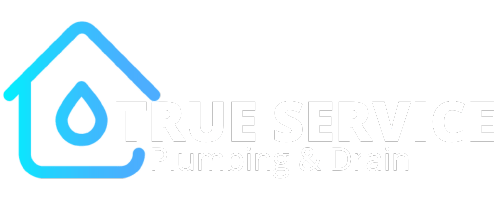Knowing how to handle a condo water shut off is essential for any homeowner.
Whether you need to make plumbing repairs, prevent water damage, or respond to an emergency, shutting off your water correctly can save you time, stress, and costly repairs.
Many condo owners are unaware of where their shut-off valves are or who is responsible for managing them.
This guide covers everything you need to know about condo water shut off, from locating your valve to safely turning the water back on.
Who is Responsible for Water Shut-Off in a Condo?
One of the most common questions condo owners ask is: Who is responsible for shutting off the water?
The answer depends on the situation and the building’s management structure.
Individual Unit vs. Building Management
- Inside your unit: If the shut-off valve is located within your condo, you typically have control over it.
- Shared shut-off valves: Some condos have centralized shut-off systems that require building management or maintenance staff to turn off the water.
- Emergencies: In urgent cases like burst pipes, the property manager or maintenance team should be contacted immediately.
Common Reasons for Shutting Off Water in a Condo
Shutting off water is necessary in several scenarios.
Knowing when to do it can prevent potential damage and inconvenience.
When Should You Shut Off Water?
- Plumbing repairs or upgrades (replacing faucets, toilets, or pipes).
- Emergency situations (burst pipes, leaks, or flooding).
- Seasonal maintenance if leaving your condo vacant for an extended period.
- Low water pressure or irregular water flow, indicating a possible plumbing issue.
Where to Find the Shut-Off Valve in a Condo
Finding your shut-off valve before you need it is crucial.
Depending on your building’s layout, it may be located in one of several places:
Common Locations for Shut-Off Valves
- Under the kitchen or bathroom sink
- Near the water heater or washing machine
- Inside a utility closet
- Behind an access panel (common in newer condos)
- Shared hallway or mechanical room (for multi-unit shut-offs)
If you’re unsure, check your condo’s documentation or ask building management.
How to Properly Shut Off Water in a Condo
Step-by-Step Guide
- Locate the shut-off valve in your unit.
- Turn the valve clockwise to close it.
- Check that the water has stopped by turning on a faucet.
- If water continues to flow, you may need to shut off a building-wide valve or call maintenance.
Turning the Water Back On
- Slowly turn the valve counterclockwise to restore water flow.
- Run taps for a few minutes to remove air pockets.
- Check for leaks or unusual noises after turning the water back on.
What to Do If the Shut-Off Valve is Broken or Stuck
Signs of a Faulty Valve
- The valve is hard to turn or doesn’t move at all.
- Water continues to flow even after turning the valve off.
- You notice leaks around the valve.
If your shut-off valve is broken, contact a licensed plumber for repair or replacement. Avoid forcing a stuck valve, as it can cause further damage.
How Long Can You Keep Water Shut Off?
Turning off your condo’s water for an extended period can have unintended consequences:
Short-term shut-offs (a few hours to days):
- No major concerns, but turn taps on briefly to relieve pressure when restoring water.
Long-term shut-offs (weeks to months):
- Stagnant water in pipes can cause bacteria buildup.
- Drains may dry out, leading to sewer gases entering your home.
- Pipes can become brittle if left dry for too long.
If leaving for an extended period, have a professional inspect your plumbing before shutting off the water.
Post-Shut-Off Checklist: What to Do After Restoring Water
Once you turn the water back on, follow these steps to ensure everything functions properly:
- Run all taps for a few minutes to flush out any debris.
- Check for leaks around shut-off valves and fixtures.
- Monitor water pressure—sudden changes may indicate air pockets or a deeper plumbing issue.
- Look for discolored water—if present, let it run until clear.
When to Call a Professional Plumber
Sometimes, shutting off water isn’t enough to solve a plumbing issue.
Call a professional if:
- You can’t locate your shut-off valve.
- The valve is stuck, leaking, or broken.
- You suspect a hidden leak in your walls or floors.
- Your water pressure remains low after restoring water.
Conclusion
Understanding condo water shut off procedures can save you from costly damages and emergency plumbing situations.
Take time to locate your shut-off valve and learn how to operate it before a crisis occurs.
If you’re unsure about your condo’s water system, consult a licensed plumber to inspect your shut-off valve and ensure it’s in working condition.
Condo Plumbing Services with True Service Plumbing
When it comes to condo plumbing in Toronto and the GTA, True Service Plumbing is the trusted choice for both commercial and residential customers.
Our licensed professionals provide expert services, whether it’s valve replacements, leak repairs, or emergency shut-offs.
Experiencing water shut-off issues? Let our experts diagnose and resolve the problem efficiently.
Don’t let plumbing concerns disrupt your peace of mind.
Contact True Service Plumbing today for reliable condo plumbing solutions.


